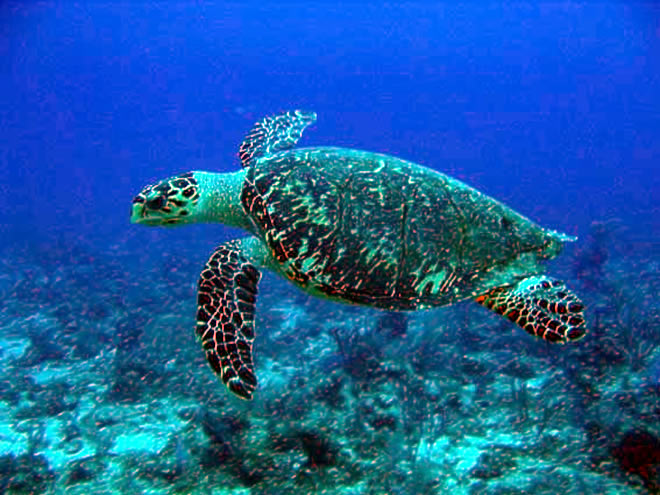Engineers Develop Self-charging Turtle Surveillance Robot

As part of an ongoing attempt to develop underwater robots capable of thinking on their own, engineers from the National University of Singapore (NUS) have created a mechanical turtle capable of performing complicated tasks such as surveillance and energy harvesting.In addition, the turtle robot is maneuverable, operates on a self-charge mode and doggedly performs the tasks assigned to it while also being able to adapt to obstacles that arise, they explained. Ultimately, they hope to develop a fleet of autonomous aquatic robots to perform tasks deemed too hazardous for humans, such as detecting underwater nuclear waste.
NUS associate professor S K Panda and colleagues from the university’s Electrical and Computer Engineering Department are working on the research and development of biomimetric machines that draw upon inspiration from nature to overcome technical issues. The team is currently finishing up work on the new robotic sea turtle, which they claim can dive deeper by using its front and hind limb gait movements, just like a real turtle would.
“Our turtle robot does not use a ballast system which is commonly used in underwater robots for diving or sinking functions,” Panda explained. “Without this ballast system, it is much smaller and lighter, enabling it to carry bigger payloads so that it can perform more complicated tasks such as surveillance, water quality monitoring in Singapore reservoir or energy harvesting for long endurance.”
“Being able to do a dynamic dive or sinking vertically means that it can also enter vertical tunnels or pipes in the seabed with very small diameters,” the professor added. “We can have a swarm of tiny turtles which communicate with each other and act collaboratively to perform their duties. With improved maneuverability they can go to tiny and narrow places like crevices where bigger vessels are unable to do so.”
